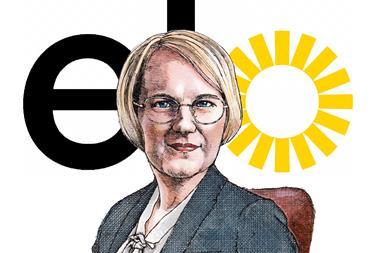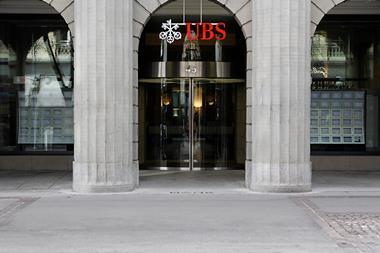The requests for proposal (RFPs) for impact investing that are made by Dutch pension funds are often too vague to base a portfolio on, according to Sander van der Wel, sales director Netherlands at M&G.
He also finds the desire of pension funds to invest in a limited number of listed impact bonds problematic.
M&G has already received 10 RFPs for impact investing from Dutch pension funds this year, an all-time record.
“The total size of the RFPs, more than €12bn, is also striking,” Van der Wel said. The sales director believes demand for impact investing is being stimulated by the Dutch pension transition.
In a defined contribution (DC) setting, pension funds “will have to take into account much more explicitly the preferences of participants in their investment policies”, he added.
“Member surveys show that participants find impact important. They are more interested in the investments of their pension fund than before. Dutch and European regulators also require funds to be transparent about how they invest,” he said.
Listed impact bonds
The sales director has noticed a rising demand for impact investments in listed bonds. “This is because there is more demand for liquidity in the new pension system. As the population is ageing, there is less room for volatility in returns, which has created more interest in shorter-term investments such as investment grade credits.”
According to Van der Wel, the ratio of RFPs for liquid and illiquid investments this year is around 50-50.
“We are now in advanced talks with a pension fund for a private credit mandate with corporate and real estate loans,” he said, noting that pension funds are in a hurry. “Funds want to show that they are making progress [with impact investing]. At the same time, the definitions for impact investing continue to evolve.”
“In addition, in impact investing, pension funds are tightening their frameworks, definitions and ambitions, even though these ambitions were already substantial,” noted Mario Eisenegger, an ESG fund manager at M&G.
This regularly leads to generic wordings in RFPs, which asset managers like M&G cannot use to build one-to-one portfolios.
According to Eisenegger, pension funds often want a tailor-made solution in equities and fixed income alike.
“These funds want a concentrated impact portfolio with a few dozen names, so the board knows exactly what it is investing in. But in fixed income, this is not always realistic. In bonds, you have to trade a lot more because of, for example, expiring maturities, restructuring, or a buyback proposal from the issuer,” he explained.
Limited universe
A portfolio with 100-150 bonds requires a benchmark of 600-800 names, Eisenegger said.
“For some SDGs [Sustainable Development Goals], there are not enough bonds available to create an investment product. If the available universe for a particular impact strategy is too limited and the tracking error we are allowed to apply is too low, it becomes very difficult for us to implement an active impact strategy for listed bonds. In those cases, we have to say ‘sorry, but we cannot help you further’,” he said.
According to Eisenegger and Van der Wel, it would help if pension funds made it clear in advance which requirements have priority and which are negotiable.
“If, for instance, a client is willing to accept a higher deviation from the benchmark or move away from it altogether, then it is quite possible to build a concentrated portfolio,” said Van der Wel.
Eisenegger gave another example: “If a client wants us to set up a European high-yield fund or mandate that complies with Article 9 SFDR and focuses only on social bonds, that leads to too much concentration risk because of a limited universe. If we are also allowed to look globally, we could probably execute such a mandate as in this case there would be plenty of issuers to choose from.”
This article was first published on Pensioen Pro, IPE’s Dutch sister publication. It was translated and adapted for IPE by Tjibbe Hoekstra























No comments yet